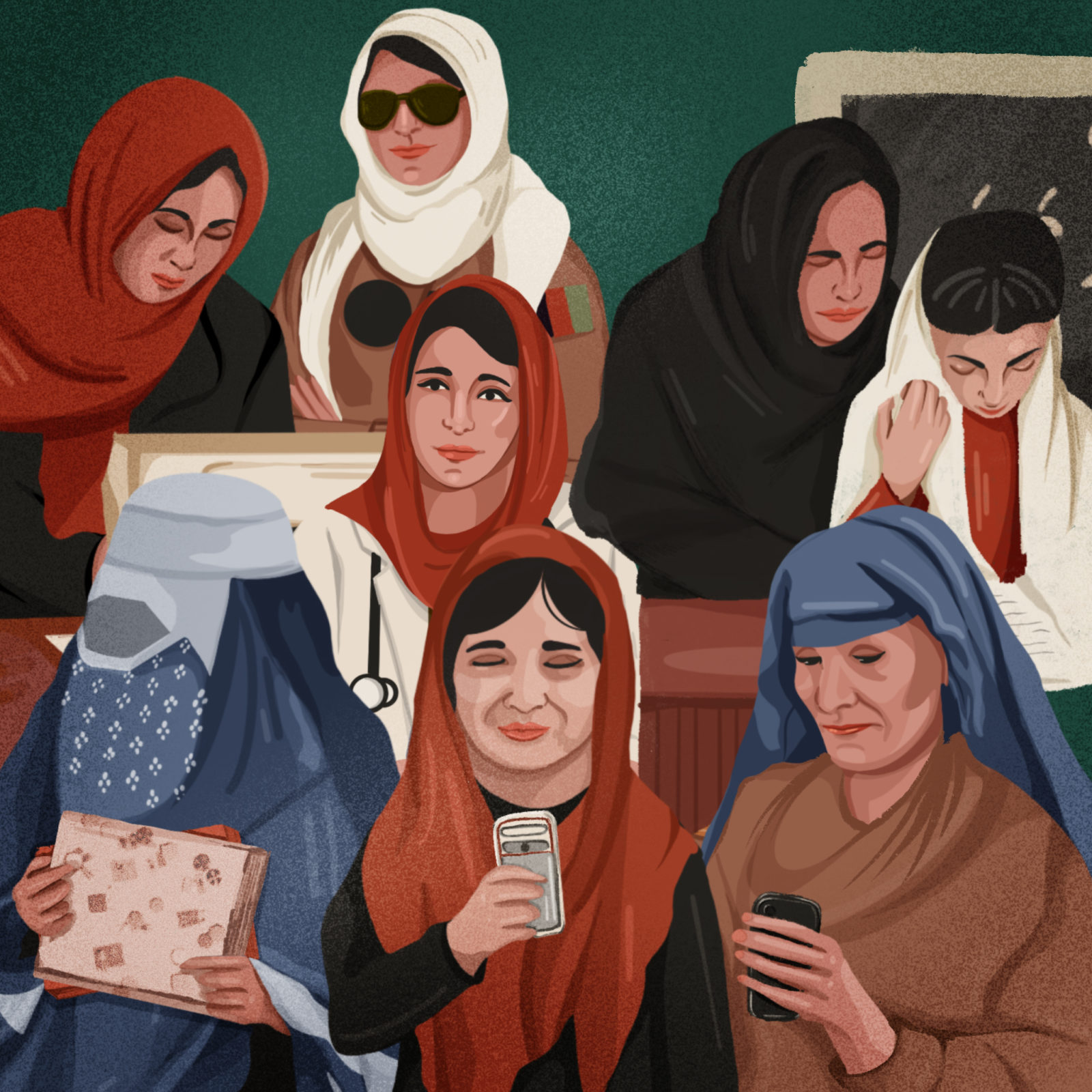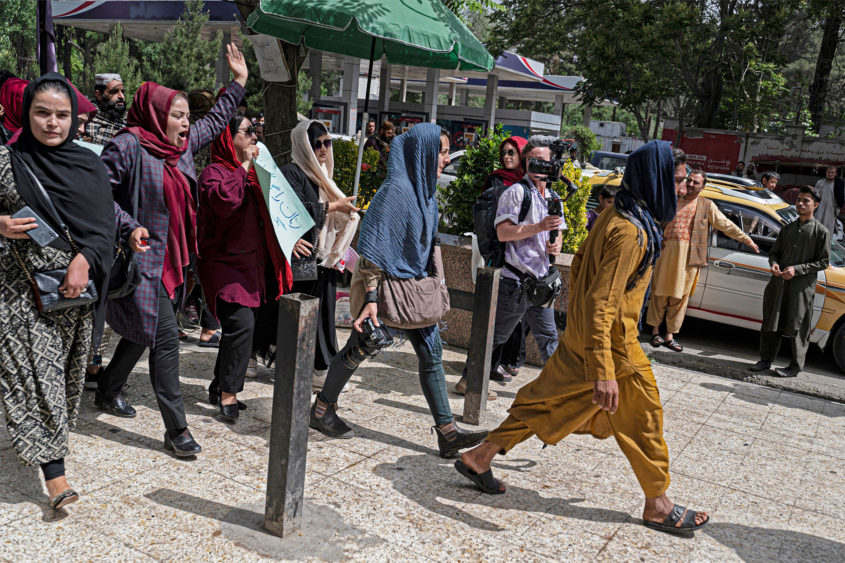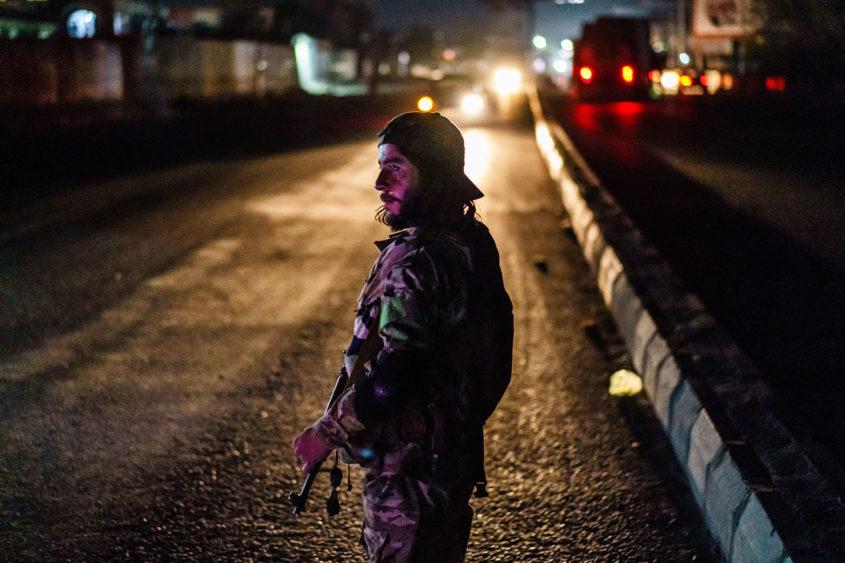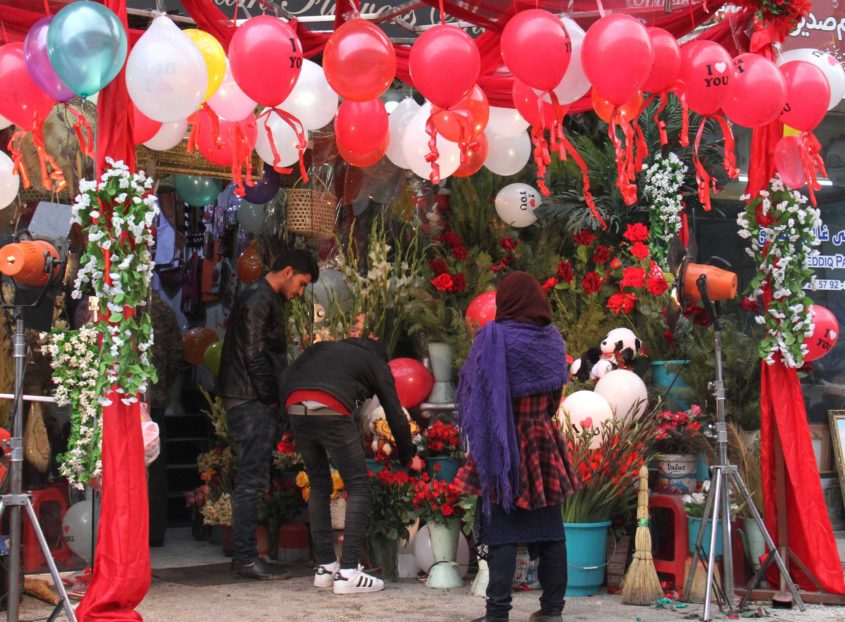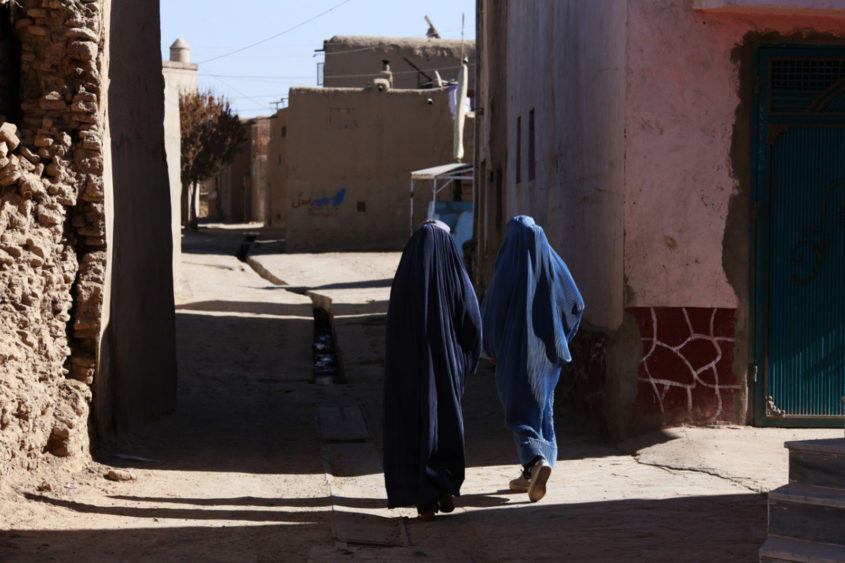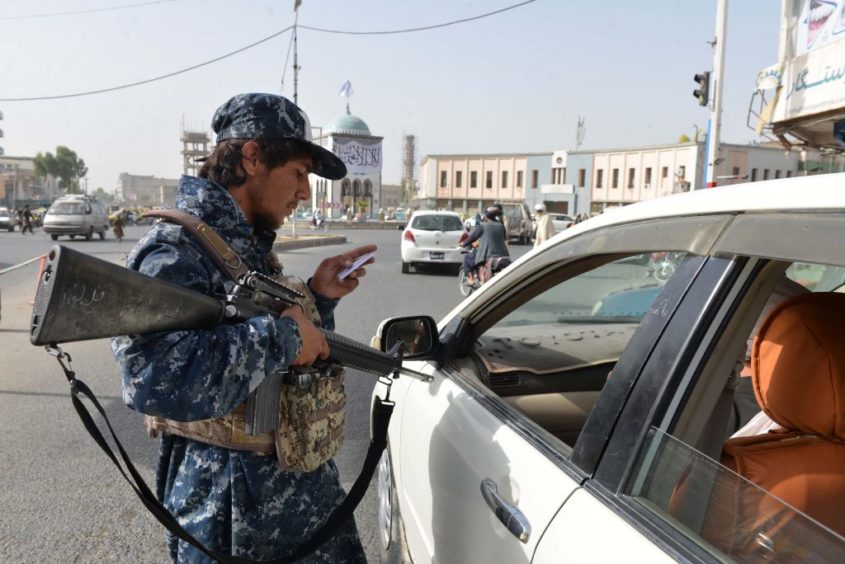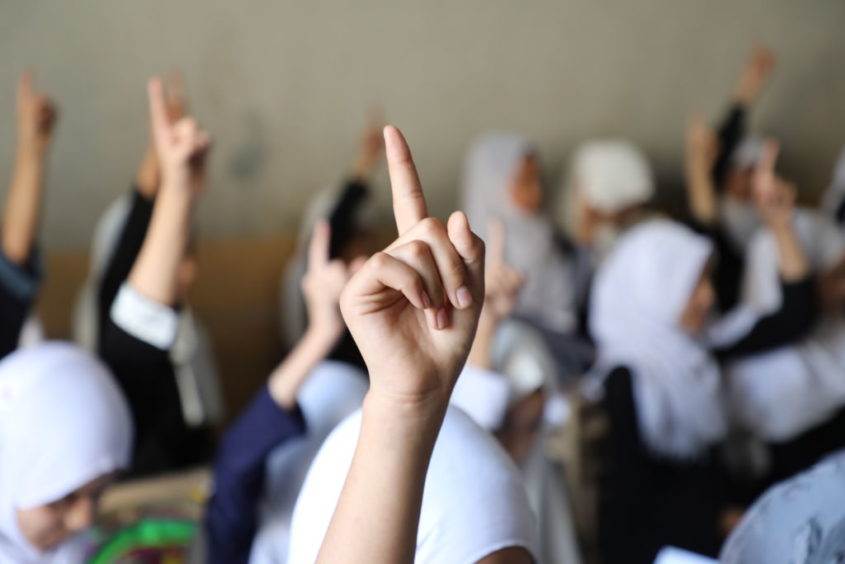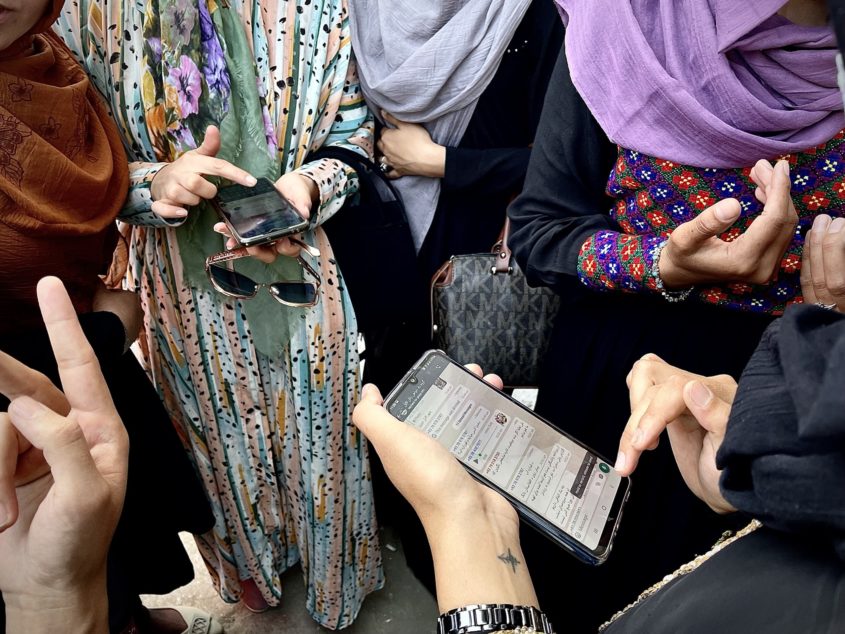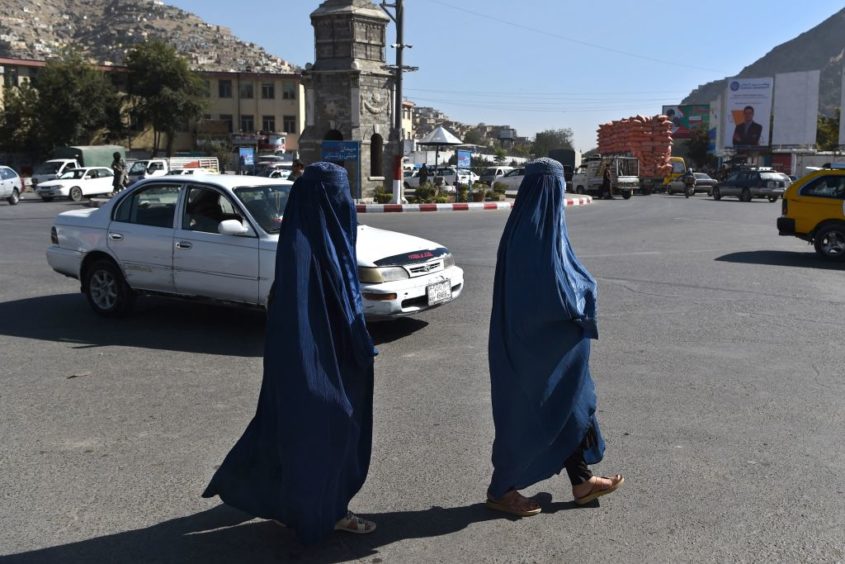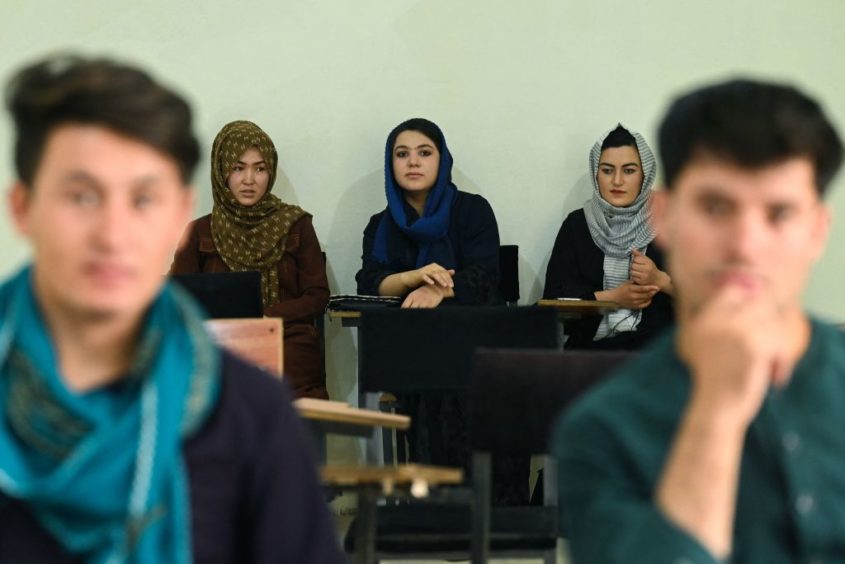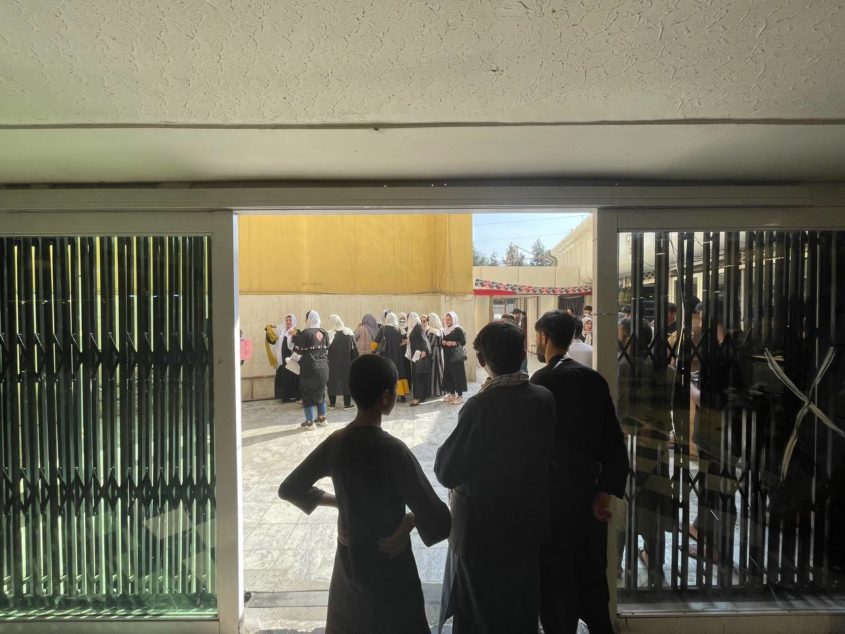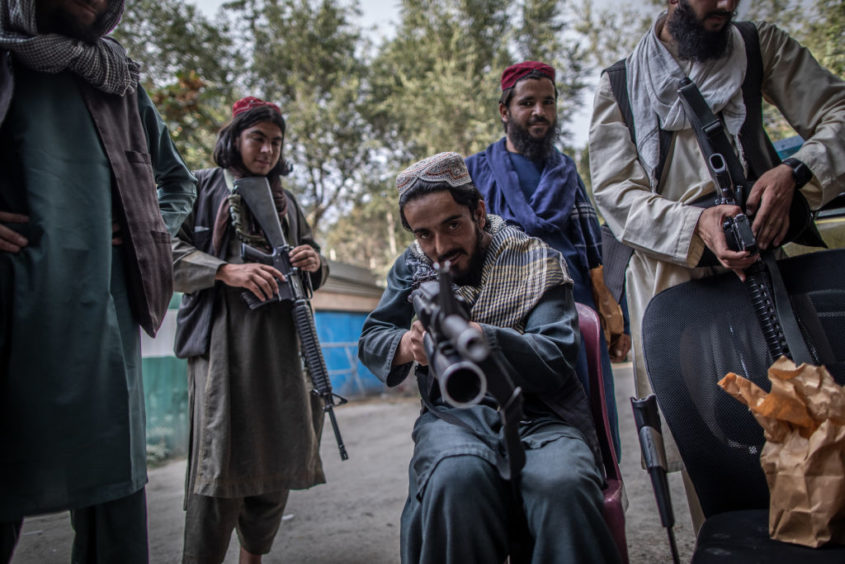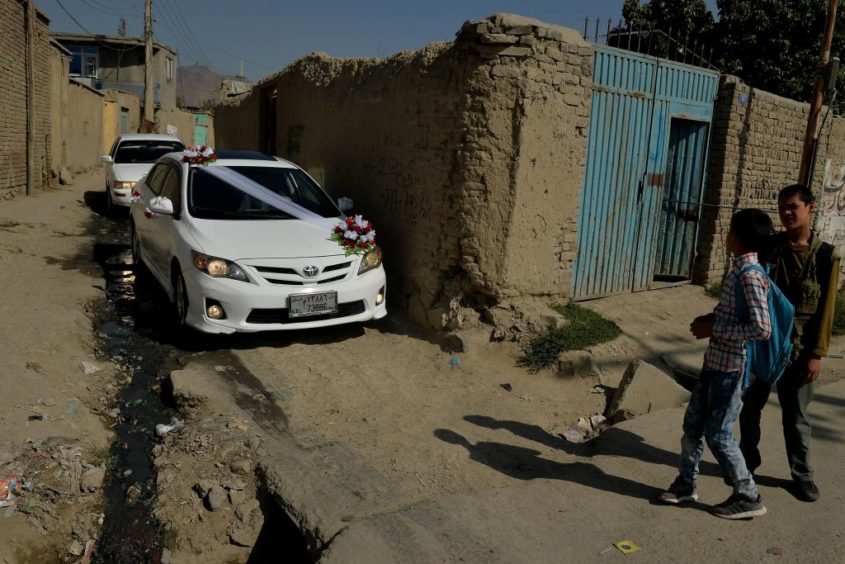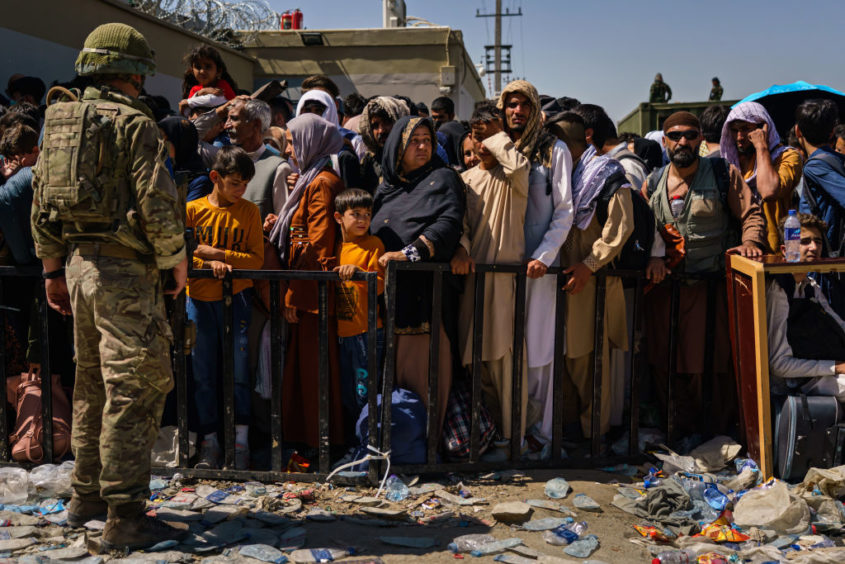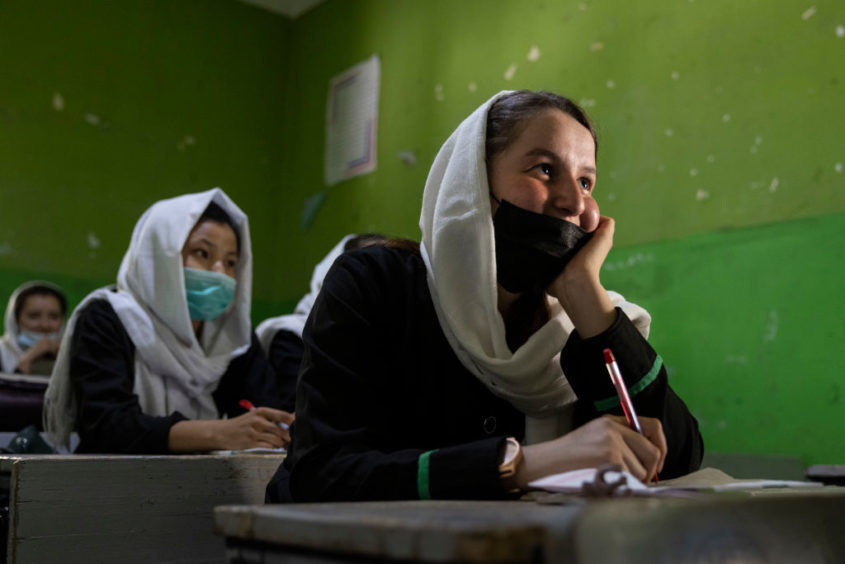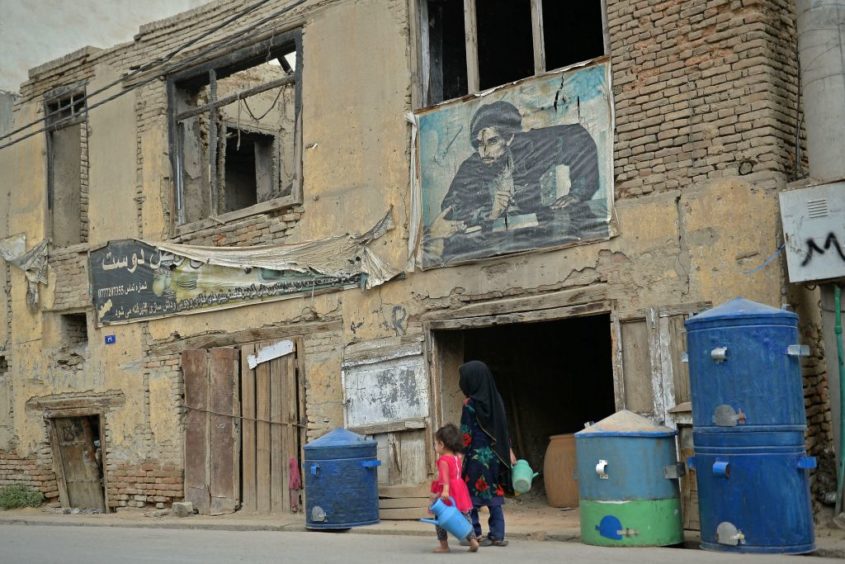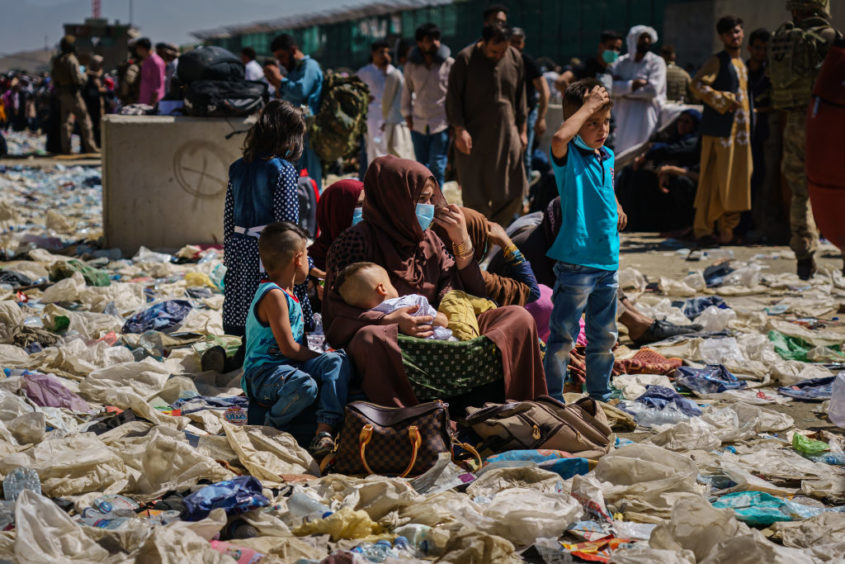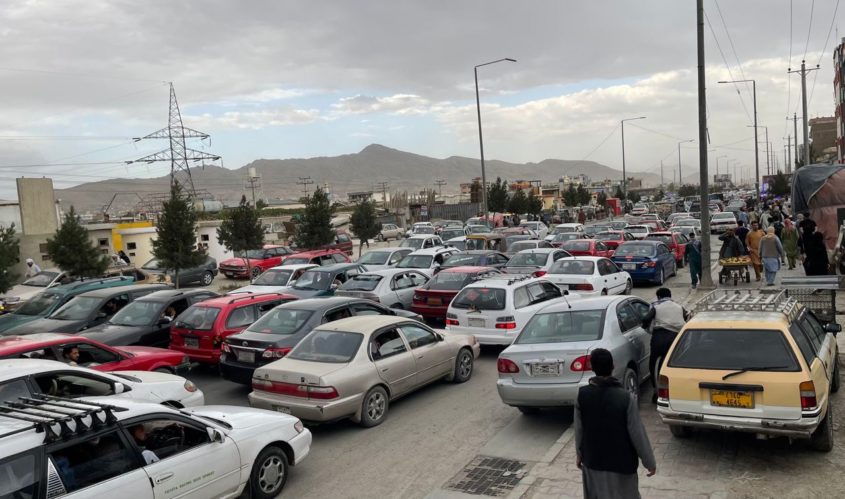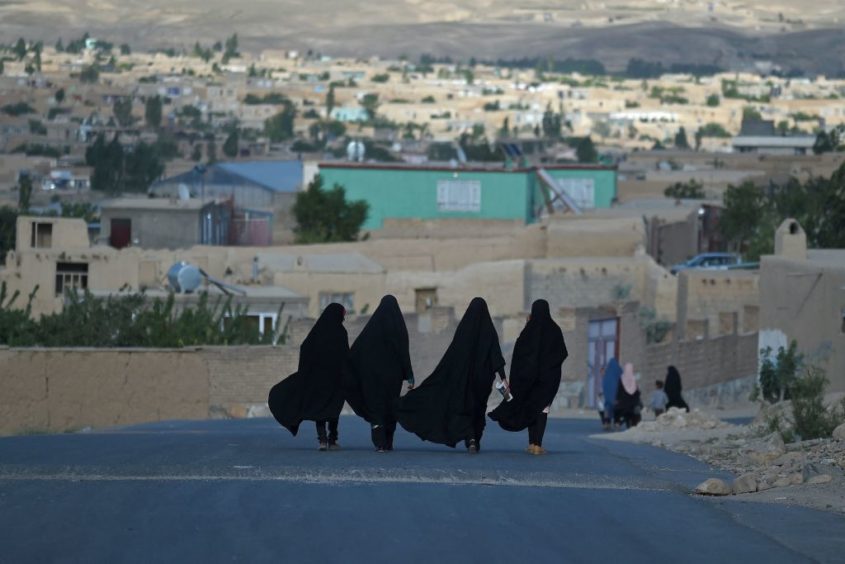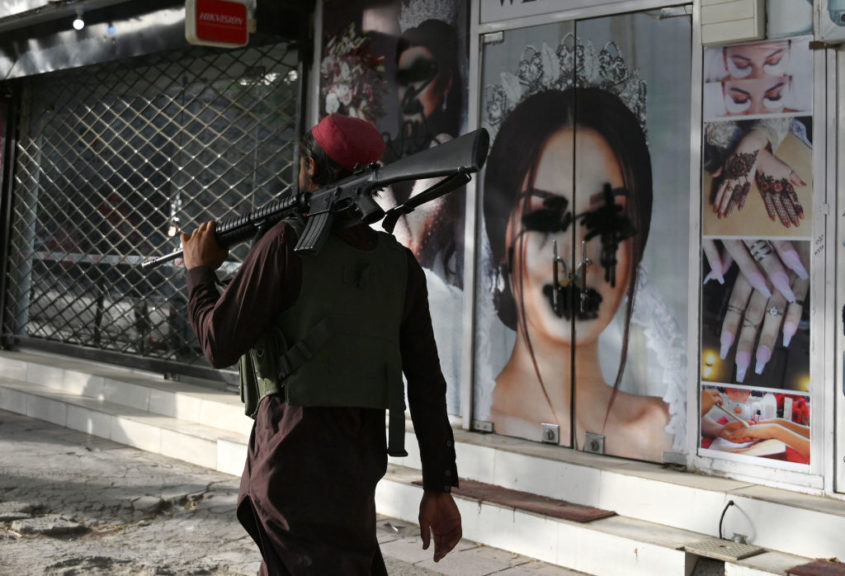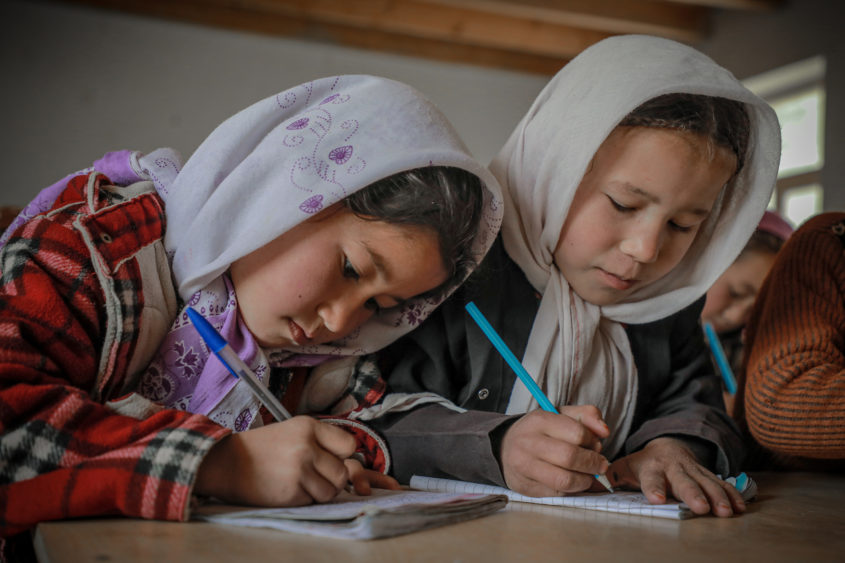A year under the Taliban: How Afghan women are fighting for lost rights
Introduction by Zahra Nader and Amie Ferris-Rotman, translations by Sahar Fetrat
When Kabul fell to the Taliban in the middle of August, ending America’s longest-ever war, the rest of the world watched with horror and disbelief. One question was on almost everyone’s mind: What will happen to Afghan women?
Improving the plight of Afghan women and girls was a central part of the U.S.-led campaign, and the past 20 years oversaw hard-won gains: Women filled university hallways and office desks, traveled freely across the country and further afield and joined nearly every aspect of public life. They became policewomen, judges and Olympians. By 2019, there was a larger percentage of women in Afghanistan’s parliament than the U.S. Congress.
Most of this progress vanished during the last weeks of tumult. The Taliban say its new government is “inclusive,” but there are no women and the Ministry of Women’s Affairs has been disbanded. Schools are already being shuttered across the country and women ordered home from their places of work.
In collaboration with Rukhshana Media, an Afghan newsroom led by women, we are publishing a series of firsthand accounts on what life is like for women in Taliban-controlled Afghanistan. Through these dispatches, we are centering the voices of ordinary Afghan women who are not making the headlines. We will show what these women have lost and what they will continue to lose with the Taliban in power.
We hope that through this joint project, we will create a conversation around the difficulties and hardships these women endure in their everyday lives, and learn what they have in common with each other. It is vital the world hears the quotidian narratives of Afghan women at this crucial time in their history.
